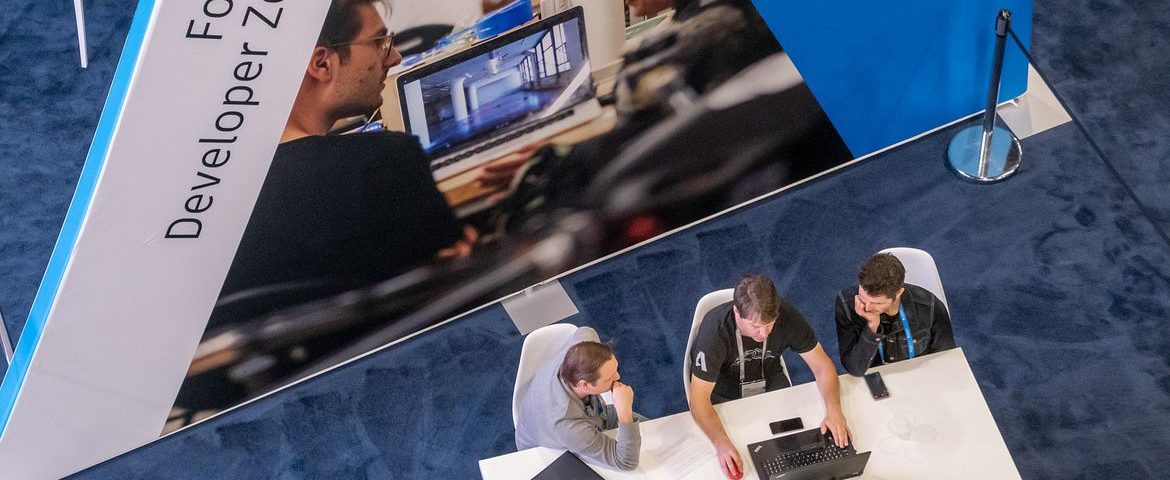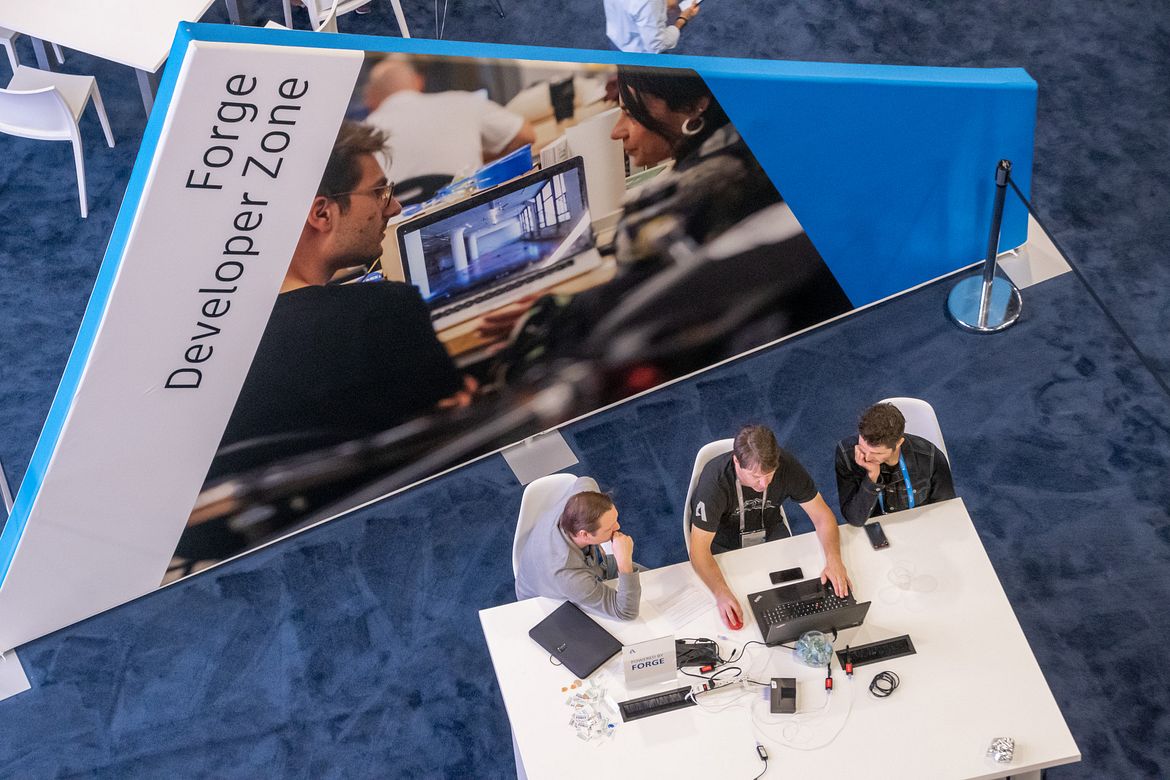
Autodesk Completes Acquisition of Cloud-Based PLM and PDM Provider Upchain
May 12, 2021Delivering simplified cybersecurity to small businesses
May 13, 2021Meet Three Developers Driving New Solutions for AEC


By day, Simon Moreau works for one of France’s largest real estate developers. By night, he’s a software programmer, creating AEC apps that add new functionality to Autodesk products. Moreau recalls that in the early days of his career as a civil engineer, he wanted to expand features and workflows in Autodesk Revit, “so I started building what I needed, first for myself, and then for my colleagues.”
Moreau is part of the Autodesk Developer Network, an ever-growing community of third-party product experts and programmers who customize Autodesk software through APIs, or application programming interfaces. Autodesk continually rolls out and updates APIs to help developers link new solutions to products, improving everything from workflow traffic jams to interoperability between our software and other vendors.
Case in point, Moreau’s most recent project, RVT to IFC, a tool to convert Revit files into the software-agnostic format, IFC. Imagine you’re an architect, engineer, contractor, or owner who’s received a Revit file but don’t have a license to open it. The solution is a few clicks away on Moreau’s website. Within seconds or minutes, depending on the size of the files, you can upload Revit models into the simple interface and unlock access. RVT to IFC is one of a handful of AEC apps Moreau has developed, most of which are found on the Autodesk app store where thousands of third-party plug-ins have been vetted and tested.

Revit to IFC converter Image courtesy of BIM42
“I really appreciate that Autodesk gives programmers the ability to create new solutions without prescribing what we do or how we do it,” said Moreau. “We get to solve real problems with APIs and share those solutions with others who need them.”
A history of enabling customizable solutions
Evidence of the popularity—and necessity—of these plug-ins is the explosion of growth in the Autodesk app store, which is approaching over a million downloads a year. Started about a decade ago, the app store is the modern incarnation of an old solution. Before it, there were catalogs, hundreds of pages long, offering wide-ranging solutions and customizations—a.k.a. apps—to meet unique customer needs.
Explore the Autodesk app store
A sole proprietor developing drawings for residential remodels in the U.S. and a multi-disciplinary firm modernizing infrastructure in Europe each use Revit differently. And both of those users need different tools and workflows than engineering consultants that design affordable housing in Brazil or those mass-producing high rises in Shenzhen.
These varying needs for diverse scopes of work in geographically and politically distinct regions around the globe are at the heart of why Autodesk does more than provide software—we provide an open platform that offers customizable, flexible products and connected data.
“We’ve always looked for ways to give our customers the freedom, choice, and flexibility to make our products work for them,” said Jim Quanci, senior director of the Autodesk Developer Network. “But we can’t do it alone. We need partners to fulfill the specialized needs of our customers. You can’t buy digital transformation in a box.”
Autodesk partners range from moonlighters like Moreau to full-service software consultants like AMC Bridge, which created the popular CADtoEarth for Autodesk Revit app. CADtoEarth allows you to import 3D topography from Cesium, an open platform, into Revit and place your building model directly in its unique environment. You can then convert your model into a 3D PDF so anyone with an internet connection can view it. The AEC app generates tens of thousands of free downloads every year, but AMC Bridge primarily uses the app store to test the market and reach new customers who need bespoke solutions.

CADtoEarth Image courtesy of AMC Bridge
“Every enterprise is unique,” said Igor Tsinman, president of AMC Bridge. “When people are buying off-the-shelf software and basic functionality, it serves about 80% of their needs. That’s where we come in, to serve the other 20%.”
Common among the Autodesk developer community are people who’ve worked in the AEC industry, identified workflow issues, and set about solving them. The founders of MKS DTECH are architects-turned-code writers who fit this description. Their new solution, BEAM, is an interoperability app that connects Autodesk’s Revit with another 3D modeling tool, Rhino. With BEAM you can take advantage of the complex geometry that Rhino enables, while seamlessly incorporating the designs into Revit, the industry standard for BIM. BEAM uses Revit APIs to shrink an hour-long process into mere seconds, saving critical time for architects under increasing deadline pressures.
“Our solution is unique because it’s one app rather than a lot of things you have to glue together,” said one of the founders of MKS DTECH. “Nothing was impossible before. We just made it much faster and simpler to operate.”

BEAM Image courtesy of MKS DTECH
Evolving interoperability to advance digital transformation
Just as we evolved away from catalogs to the app store using desktop APIs, we continue to find new ways to optimize your experiences and stay on the vanguard of technology. In 2016, we launched the Forge platform, providing cloud-based APIs and seizing the future of cloud-based data storage and transfer. Forge allows the developer community to build applications that augment and integrate design and engineering data, connect existing software systems, and create all-new workflows—helping companies work faster, smarter, and in the cloud.
“It is clear Autodesk wants to be at the center of an open ecosystem,” said Igor Tsinman of AMC Bridge. “Forge is an obvious example of it and APIs are a great way to do it.”
No matter where you work, the size of your firm, or the industry segment you specialize in, we develop customizable tools to meet your needs. Our robust community of industry experts and developers plays an essential role in this vision, helping us deliver open platforms that connect data and drive the industry forward. We invite you to check out all the ways we support an open AEC ecosystem:
- Explore the app store
- Check out Forge
- Visit our BIM interoperability page to learn more

